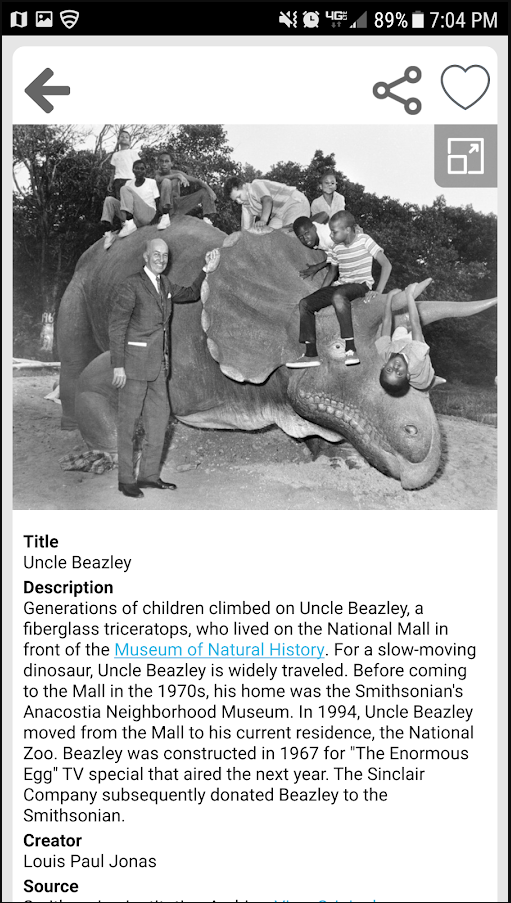We are delighted to announce the full release of Omeka Everywhere, a set of digital tools which extend the reach of Omeka websites into the gallery and to mobile devices. The Collection Viewer is now out of the beta stage and is joined by the Mobile application and Heist!
The Omeka Everywhere suite simplifies the task of creating and sharing digital cultural heritage content. Create content first in an Omeka Classic site and then share collection items on a website, in the gallery, and on mobile devices.
The Collection Viewer delivers selected Omeka Classic items to a touch table or other touch-enabled device in your exhibit space using the Omeka API. Visitors can browse and discover items on touch devices, look at mulitple items at once, and zoom in to inspect images, and learn more details about each item.
With the Omeka Everywhere mobile app installed, users will discover items from your collections, in and outside of the exhibition gallery. The Omeka Everywhere app is available in the Android and iOS stores, or your institution can deploy your own, branded version using the instructions provided with the code.

App users can save their favorites items and easily share them with their social media networks.
The Heist features allows visitors to connect to the touch devices already running the Collections Viewer in the gallery. Using their own mobile devices, gallery visitors scan a QR code that will let them easily save their favorite items available on the touch table to their phone or tablet. Once saved to the Omeka Everywhere app, users can not only revisit their favorite items from your collection, but can easily share them.
For over 10 years, Omeka has supported the needs of museums and galleries, and Omeka Everywhere expands the possibilities for your Omeka Classic site. We look forward to hearing from you as you use these tools to share your content with old and new audiences
Omeka Everywhere is a multi-year collaboration between the Roy Rosenzweig Center for History and New Media, Ideum, and the University of Connecticut’s Digital Media and Design Department, and is made possible by a grant from the Institute of Museum and Library Services.